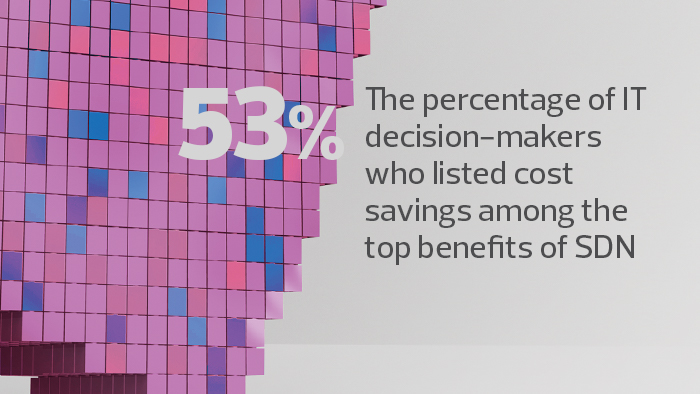How Smart Networking IT Can Help Agencies Improve Services
Commercial IT can be a tough act to follow. The public sees next-generation technologies in the private sector and demands similar services from the government. Agencies are turning to smart networking technologies — such as software-defined networking (SDN) and software-defined wide area networking (SD-WAN) — as well as data center orchestration solutions to create an agile IT platform that enables the government to meet these demands.
When IT teams deploy them effectively, these solutions give agencies greater control over their IT infrastructures. The results: improved security, greater agility and increased efficiency. Several important steps can help IT administrators as they explore these technologies.
Agencies Gain Software-Defined Flexibility
SDN implementations provide powerful mechanisms to configure local networks. By decoupling the transmission of data (the data plane) from the mechanisms used to configure the network (the control plane), digital services can programmatically define the network based on a set of rules or policies. In this way, an application itself can specify its own requirements for a network, ensuring that sufficient bandwidth is allocated, security objectives are met, and rapid provisioning of network access is enabled.
SDN offers a secondary benefit by reducing the number of requests that network administrators receive for mundane changes, allowing them to focus on higher level engineering and capacity planning activities. SDN also promises to minimize the complexity and capital expense of physical networks.
As agencies continue to adopt cloud computing, employing both public and private delivery models, they can also implement advanced networking solutions to improve operations. Layering cloud environments on top of SDN lets applications specify network requirements. As the need for more capacity is identified, cloud environments can rapidly incorporate new physical servers into the cloud environment.
By establishing an encrypted point-to-point virtual private network link, SDN technologies also ensure that the network path between public and private cloud instances remains confidential and secure.
SD-WAN Offers More Control
Agencies are beginning to investigate SD-WAN, which blends multiple network transports into a virtual WAN fabric that offers capabilities such as intelligent routing and path control.
This approach can help IT leaders reduce costs by enabling them to deploy commodity solutions that sit beneath an abstraction control layer. Although the hardware is less expensive, SD-WAN delivers greater control over WAN operations, speeding up service delivery.
SD-WAN solutions can monitor link behavior throughout a WAN and identify problems for network administrators. The technology can also automate responses to performance problems by shifting traffic to alternative transports. Having greater visibility into WAN performance helps agencies make smarter decisions that can lead to improvements in service.

SOURCE: QuinStreet Enterprise, “SDN Growth Takes IT Infrastructure by Storm,” February 2016
Unified management of the WAN fabric is a key element of SD-WAN. By establishing priorities for specific types of network traffic and using sophisticated dashboards to administer policies, network administrators can control WAN traffic to meet demands for performance and other priorities.
Orchestrating Service Delivery
Data center orchestration solutions further enable rapid service delivery. By automating operations wherever possible, IT administrators and engineers are free to focus on an agency’s mission, rather than responding to incidents.
Orchestration delivers several benefits, including:
- Improved accuracy by automating error-prone, manual processes
- Greater oversight through the intelligent configuration of monitoring services
- Automated response to problems by enabling monitoring systems to gather diagnostics and conduct basic remediation
At a higher level, orchestration tools can define rules to automate complex processes. These tools can detect trends, such as increasing demand from users, and automatically provision additional capacity.
Conversely, if the system detects decreasing demand, it can shut down resources such as public cloud services. A robust monitoring capability can feed an IT analytics engine to create a model of expected behavior in the data center and alert administrators when unexpected trends occur.
Ultimately, orchestration solutions can help IT managers find ways to reduce or eliminate the tedious and repetitive tasks that must be handled by IT staff.
Instead, these tools enable staff to reprioritize their efforts toward developing new digital services and improving existing capabilities.








